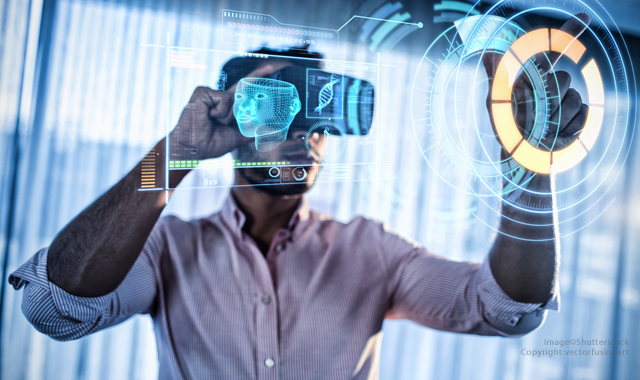Looking back to 2012: How far we’ve come
Dental technology has evolved by leaps and bounds since 2012.We’ve come a long way since 2012 in popular culture. Music fans lost Whitney Houston; movie buffs cheered Katniss through the Hunger Games; dancers nailed “Gangnam Style”; sports fans got crushed by the NHL lockout; and daredevils watched in awe as Felix Baumgarnter leapt from a capsule nearly 24 miles over earth.

We’ve come a long way since 2012 in popular culture. Music fans lost Whitney Houston; movie buffs cheered Katniss through the Hunger Games; dancers nailed “Gangnam Style”; sports fans got crushed by the NHL lockout; and daredevils watched in awe as Felix Baumgarnter leapt from a capsule nearly 24 miles over earth.
So, a lot has been going on in entertainment, but what about dentistry? How far have we come?
Our very own Dr. John Flucke made some predictions several years ago that largely revolved around the evolution of digital dentistry. Wise man as he is, his predictions have more than become a reality.
Related reading: The future of digital dentistry
For example, take 3D cone beam technology. As we sit today, the digital waterfall is flowing fast, both for dental practices and public perception. On the practice side, technology has transformed the invested GP into a super GP. Advances in cone beam have created limitless opportunities for excellence in multiple areas, including:
Virtual articulation: No more pretending a face bow and semi-adjustable articulator isn’t important because you and I never quite mastered it in dental school. Today’s virtual versions streamline purpose and process so dentist and team members alike can efficiently and effectively deliver what we always knew we needed to.
Endodontics: Rotary cleaning and shaping with fine tuned hand filing has been easy for us for years. Excellence in obturation has been achievable as well. What’s limiting our path to success? Our ability to find the unfindable. For some in the endo world, cone beam has become a staple in initial treatment; for others, it has been an indispensable diagnostic rescue tool when the predictable root canal suddenly becomes unpredictable.
Sleep: No more fear of staying out of the game because we can’t see what we need to see. The early adopters of cone beam have been helping patients catch Z’s for years now. Others questioned our ability to positively impact our patients lives. Today, with the right education, treating sleep apnea is well with in our grasp, thanks to our new-found ability to visualize untreated and treatment positions, and true integration with CAD/CAM or 3D printing to fabricate appliances.
Guided implant surgery: This may be the most exciting of all. On the conservative side, we have total integration. Can you freehand implant placement? It wouldn’t by my recommendation, but I suppose you could. The better question is, why would you, when we can scan and plan from the crown down with zero worry of running out of real estate or running into nerves and vasculature. On the cowboy side, we not only have total integration-we have speed. We can scan, plan and on some occasions, even place, all under two hours. With surgical guides and multiple major implant systems to chose from we can mill it, print it or send it out for fabrication. All said, when you’ve invested in the right CE, this entire process can be mastered within our four walls.
Trending article: The future of dental practices
So what else has changed? Is the digital waterfall all about CAD/CAM and cone beam? Although I’d argue digital impressions are an integral part of today’s (and tomorrow’s) successful dental practice and that cone beam has become the standard of care in more than many ways, plain film isn’t just plain in our eyes anymore.
Radiographic sensors are, as Dr. John predicted back in 2012 the only way today.
Exposure dosages are down over 70 percent when we compare today’s sensors to plain film. That’s not only a good thing clinically; in a Google-driven world where patients are searching key dental words over 1,000,000 times a month, it’s a must have.
Ponder that for a moment. Over 1,000,000 seraches a month. That’s over 400 percent more patients looking at us through their technology-driven lens from just two years ago, yet alone 2012.
So, has dentistry rivaled pop culture’s evolution over the last five years?
Well, if total digital integration is any kind of an indicator, from CAD/CAM, cone beam, practice management software, office design and milling to 3D printing and beyond, I’d say, just like in 2012, who’s going to change our world next?